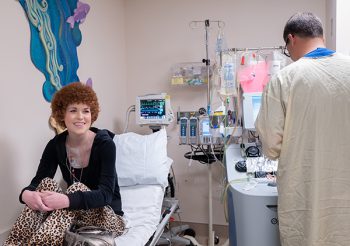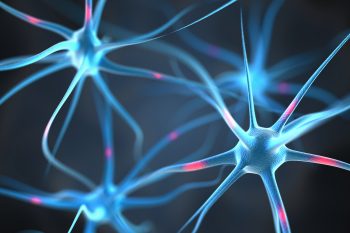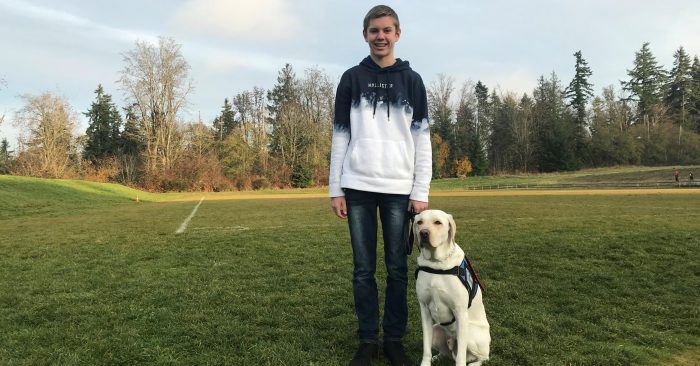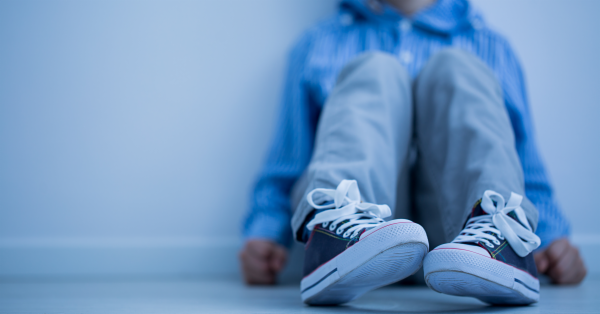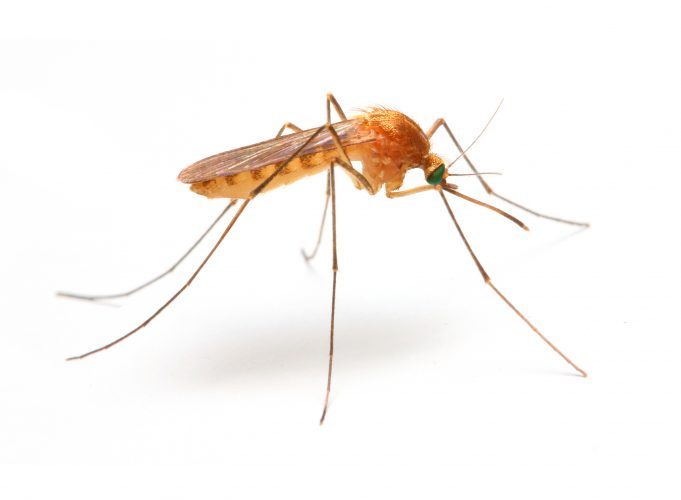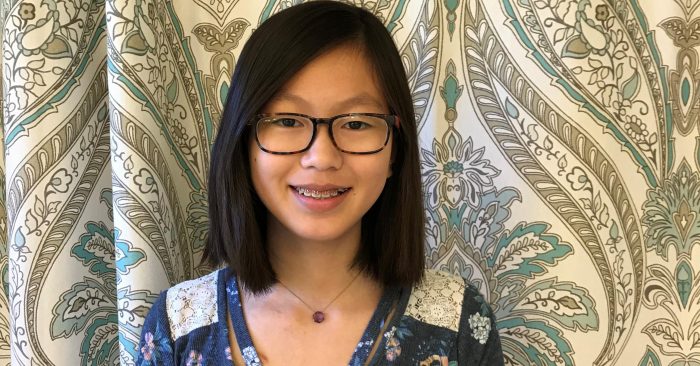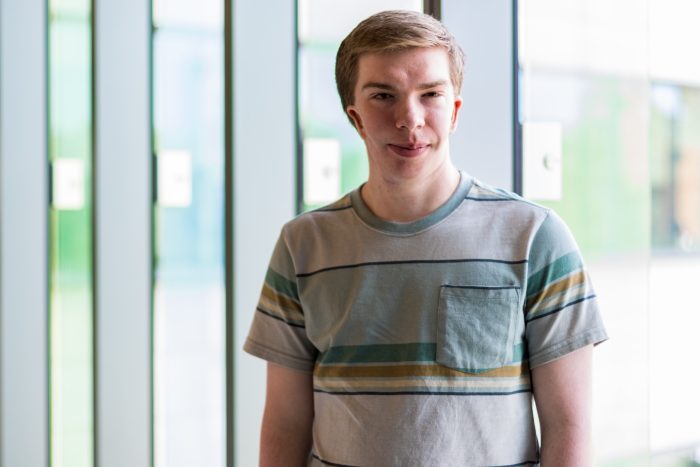When 17-year-old Ellie Osterloh spins high above the ground from a lyra, a circular hoop used in aerial acrobatics like Cirque du Soleil, she feels empowered. “On the lyra, it’s an incredible feeling to be so high in the air with no harnessing,” Ellie said. “It’s a lot of adrenaline and I feel like I […]
On the Pulse
Chimeric antigen receptor (CAR) T-cell immunotherapy, which reprograms a child’s white blood cells so they can seek out and destroy cancer cells, is making a difference in children’s lives. Currently, Seattle Children’s has multiple trials open that could benefit children and young adults with relapsed or refractory cancers. In October, Seattle Children’s opened a new […]
Researchers at Seattle Children’s Research Institute have discovered that populations of neurons in the brain stem have a previously unrecognized susceptibility to disruption by nicotine during early brain development. Published in the Journal of Comparative Neurology, their findings offer a clue to how nicotine exposure in utero could have a lasting effect on the brain’s […]
With the support of his alert dog Morris, the latest insulin pump technology and his care team, Cameron is thriving and hopes to be a role model for other kids with diabetes. He shares his experience in time for National Diabetes Month. Wherever 14-year-old Cameron Hendry goes – school, soccer practice, wakeboarding, shopping, even a […]
Seattle Children’s Research Institute is one of three recipients of $30 million in first-year-funding provided by the National Institute of Allergy and Infectious Diseases (NIAID), part of the National Institutes of Health (NIH), to establish centers for immunology research to accelerate progress in tuberculosis (TB) vaccine development. The awards provide up to seven years of […]
A teenage boy arrives at Seattle Children’s Emergency Department (ED) with an increased heart rate. His parents are scared and unsure of what could be causing their son’s pulse to spike. While the nurse takes the patient’s vitals, she asks him a series of questions about suicide — prompting the patient to share that he […]
When Sam Duenwald, 18, was in seventh grade, he got sick and had to miss a couple of weeks of school. However, a couple of weeks of missed school turned into three, then four, then five. “It became a vicious cycle,” Sam said. “I was getting really anxious about going back to school because I […]
Within seconds after an infected mosquito bites, the malaria parasite navigates the host skin and blood vessels to invade the liver, where it will stay embedded until thousands of infected cells burst into the bloodstream, launching malaria’s deadly blood-stage infection. Now, for the first time, a team from Seattle Children’s Research Institute describes how malaria […]
Like a typical 13-year-old, Isabelle Zoerb plays volleyball and tap dances. She also regularly uses an inhaler, takes antibiotics to minimize lung inflammation and wears a therapy vest that vibrates to help clear her lungs. A device in her chest provides intravenous medication when needed. This is because Isabelle has primary ciliary dyskinesia (PCD), a […]
From day one, 21-year-old Sean Gallagher has been able to command a room. He jokes that it’s because he has a flair for the dramatic; it could also be because of his bright and infectious personality. Sean was born with a facial difference, and his medical journey has been long and complex. MaryJo Gallagher and […]


